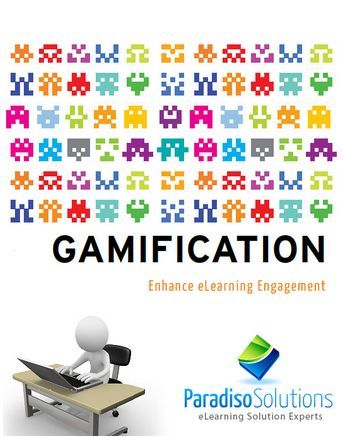
In recent years, gamification has emerged as a powerful tool for engaging users and driving behavior change in various industries outside of gaming. The incorporation of game elements in non-gaming applications has proven to be highly effective in enhancing user experience, increasing user motivation, and driving desired outcomes. This article explores the growing influence of gamification in non-gaming applications and its impact on user engagement and productivity.
The Psychology Behind Gamification
The success of gamification lies in its ability to tap into the innate human desire for achievement, competition, and rewards. By incorporating game mechanics such as points, badges, leaderboards, and challenges into non-gaming applications, developers can create an environment where users feel a sense of accomplishment and seek to progress further. Moreover, gamification leverages psychological principles like social influence and intrinsic motivation to drive user behavior and promote active participation.
Enhancing User Engagement
Gamification has revolutionized the way we engage with technology. By transforming mundane tasks into interactive and immersive experiences, non-gaming applications have the potential to keep users truly engaged. The incorporation of progress bars, leveling systems, and rewards systems adds an element of fun and excitement, motivating users to interact with the application for longer periods and fostering a sense of loyalty and enjoyment.
Boosting User Motivation
One of the key advantages of gamification is its ability to motivate users to achieve their goals. By providing clear objectives, feedback mechanisms, and rewards, non-gaming applications can tap into users’ intrinsic motivation, making them more likely to complete tasks, learn new skills, or adopt desired behaviors. This increased motivation translates into improved engagement, higher productivity, and ultimately, a better user experience.
Driving Desired Outcomes
Gamification can be particularly effective in driving specific outcomes in non-gaming applications. For example, fitness apps that track users’ exercise routines and reward them with badges for completing milestones can significantly increase physical activity levels. Similarly, educational apps that incorporate gamified learning experiences can enhance students’ retention and enjoyment of educational material. By aligning game mechanics with desired outcomes, gamification becomes a powerful tool for behavior change and goal achievement.
Challenges in Implementing Gamification
While gamification offers numerous benefits, its implementation requires careful consideration. It is essential to strike the right balance between game elements and the core functionality of the application. Overuse of gamification can lead to extrinsic motivation overshadowing intrinsic motivation, making the experience feel forced and artificial. Furthermore, the design of game mechanics and rewards systems should align with the target audience’s preferences and demographic characteristics to ensure maximum effectiveness.
Conclusion
Gamification has brought a new level of interactivity and engagement to non-gaming applications, profoundly influencing user behavior and experience. By leveraging game mechanics, psychology, and incentives, developers can create immersive and motivating experiences that drive desired outcomes. As the understanding of gamification principles continues to evolve, we can expect to see even more innovative applications that harness the power of gamification to enhance user experience and productivity in various industries.


